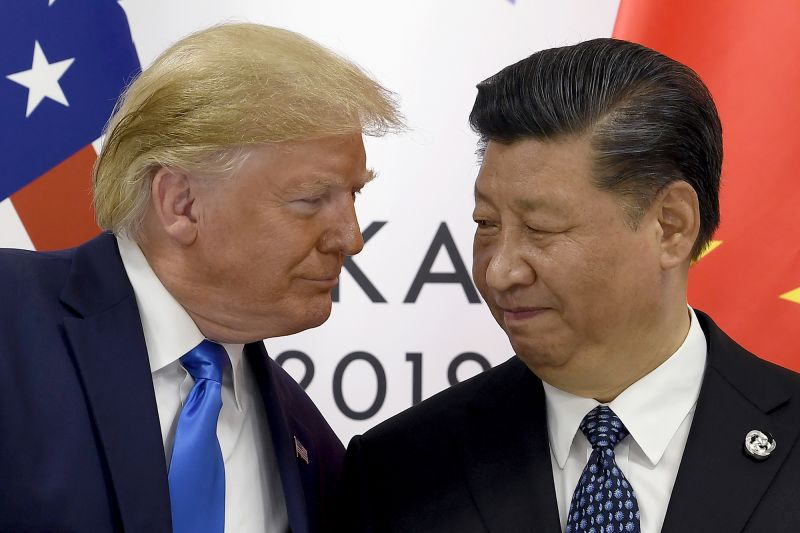
Trump’s China Hawk Team: Unleashing Conflict or Cooperation from Beijing?
The recent formation of a team of China hawks by former U.S. President Donald Trump has sparked discussions about how Beijing is likely to respond to this development. This move signifies a shift in American policy towards China and raises concerns about the future of U.S.-China relations. In examining this situation, it is crucial to consider both the potential strategies that Beijing may adopt in response to the hawkish team and the wider implications for international relations.
One possible response from Beijing to the formation of a team of China hawks in the U.S. could be to adopt a more assertive stance in its diplomatic relations. China may seek to bolster its international alliances and partnerships to counterbalance the growing influence of the hawkish faction in the U.S. This could involve strengthening ties with other countries that share China’s economic or strategic interests, such as Russia or members of the Association of Southeast Asian Nations (ASEAN).
Additionally, Beijing may choose to ramp up its economic and trade initiatives, particularly in regions like Africa and Latin America, where China has been expanding its presence in recent years. By diversifying its economic partnerships and reducing its reliance on the U.S. market, China could mitigate the impact of any aggressive policies implemented by the hawkish team.
Moreover, Beijing may also focus on enhancing its military capabilities and asserting its territorial claims in the South China Sea and other contested regions. China’s military modernization efforts have been a source of concern for many nations, and the formation of a team of China hawks in the U.S. could prompt Beijing to accelerate its military development to counter potential threats.
On a broader scale, the emergence of a team of China hawks in the U.S. has significant implications for international relations. The increasing tensions between the world’s two largest economies could lead to a more fragmented global landscape, with countries being forced to choose sides in a potential Cold War-like scenario. This could have far-reaching consequences for trade, security, and cooperation across various international issues.
Additionally, the rise of China hawks in the U.S. could also impact other areas of global governance, such as climate change, public health, and technology regulation. Cooperation between the U.S. and China is essential in addressing these global challenges, and a shift towards a more confrontational approach could hinder progress on critical issues affecting the entire world.
In conclusion, the formation of a team of China hawks by former President Trump has the potential to reshape U.S.-China relations and have a lasting impact on the international community. Beijing’s response to this development is likely to be multifaceted, involving diplomatic, economic, and military strategies to safeguard its interests. The implications of this shift in U.S. policy towards China extend beyond bilateral relations, impacting global governance and cooperation on key global challenges. It is essential for policymakers, scholars, and analysts to monitor these developments closely and work towards promoting constructive engagement between the U.S. and China for the collective benefit of the international community.
